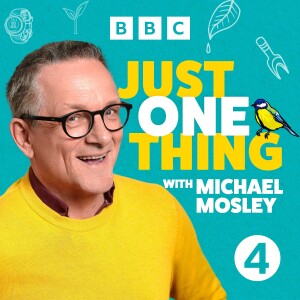Unclear Dietary Advice
TV doctor Michael Mosley always used to say that one square of dark chocolate a day was good for you.
That surprised me. I’d never thought much about the shape of my food. And squares are easy – you can make a square out of four identical bars. I did that for a few days, because he’d said so and it sounded fun. Then I got to reflecting about why he didn’t explain why squares were better than rectangles or triangles, and why I’d not seen any other research mention that.
Maybe he had said “square” meaning “piece”. But that’s silly because many types of chocolate have non-square pieces, and there isn’t a standard size in any case. Besides which, he claimed to be getting his information from a scientific paper, and sensible scientific papers quantify things properly. If they say “square”, they mean “square”; they wouldn’t say “piece” unless they had come up with a standard size.
What if the original research said something sensible, the kind of thing a scientist would say, like “50g”, and Michael Mosely had tried to translate that for people who can’t do maths? That would be horrible, but I think it might be the best explanation. He took a clear explanation, like “50g”, assumed that people would find the numbers hard to understand but vagueness easy, then translated it to “square”, losing useful information in the process and making it simpler than is useful.
Numbers are easier for me than “square”. Will a rhombus or rectangle do? What size of square? What thickness? It’s easy to judge a number of grams – you just look at the back of the pack, divide the mass you want by the mass of the whole bar, visualise that as a fraction onto the bar itself. Takes a second or so. Well, easy for me, because I’m autistic. Perhaps the whole thing is because he was catering to non-autistic people, who think vagueness is easy and maths is hard.
I really liked Michael Mosley, but this shook my trust in him.


John Allister
John Allister is the vicar of St Jude’s Church in Nottingham, England.
He is autistic, and has degrees in Theology and Experimental & Theoretical Physics.

